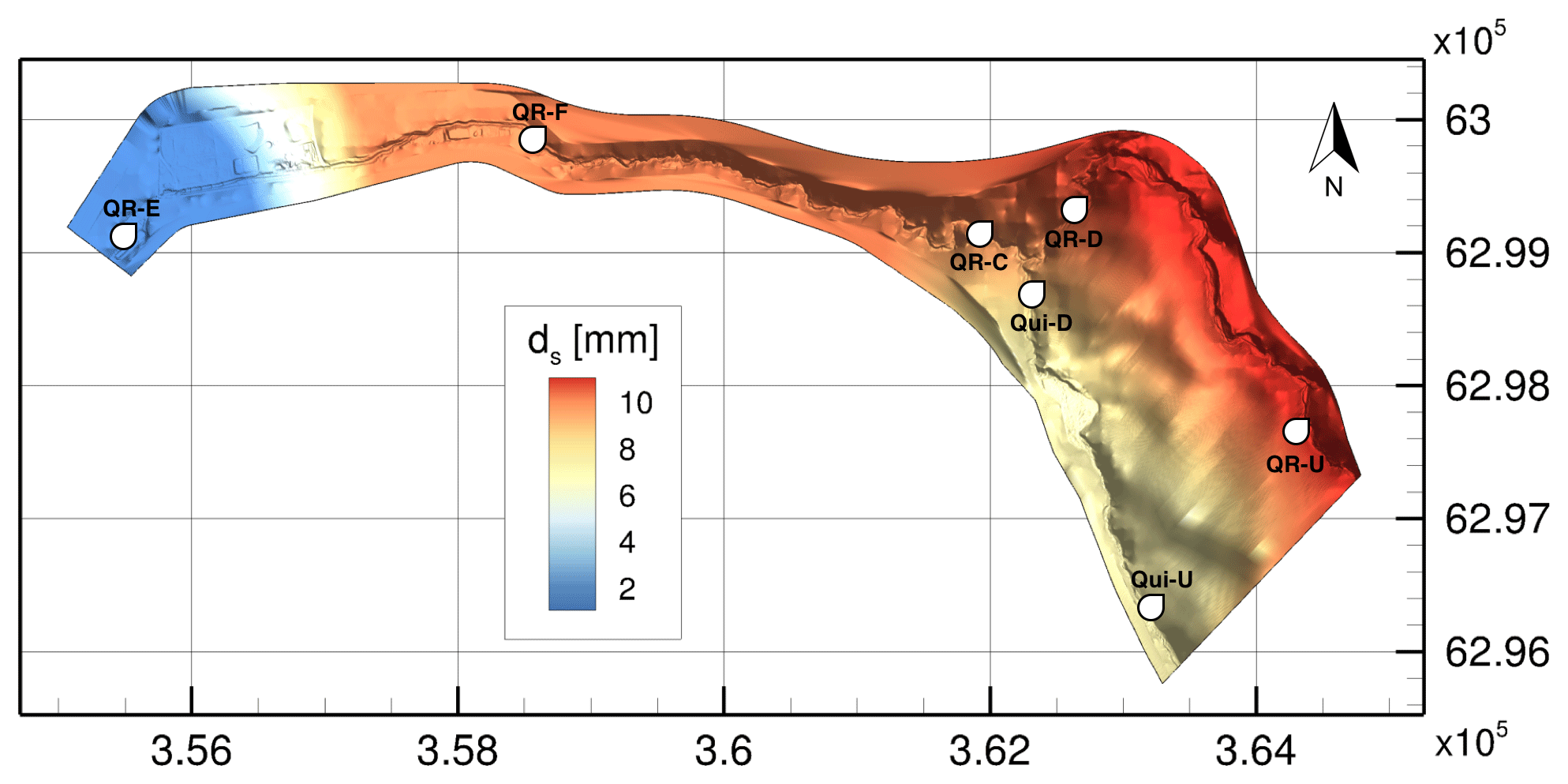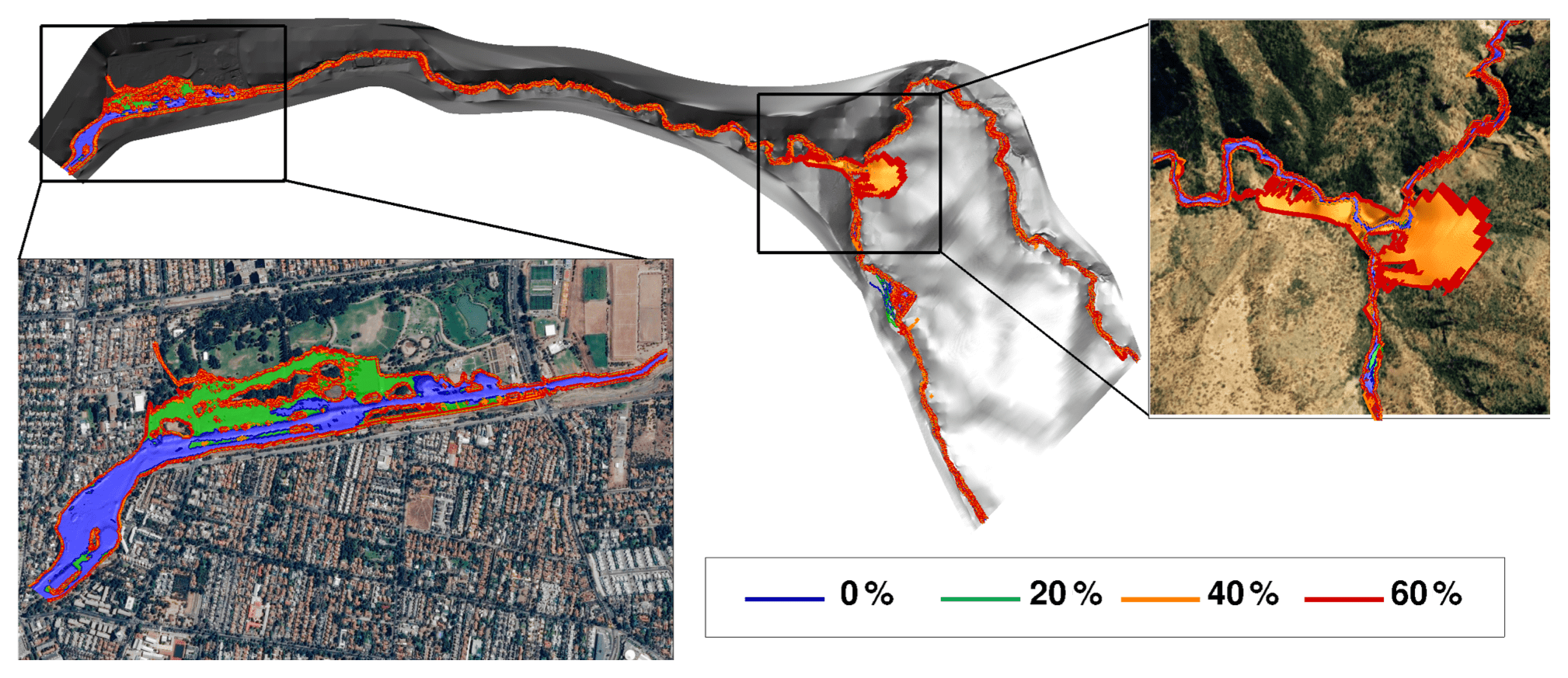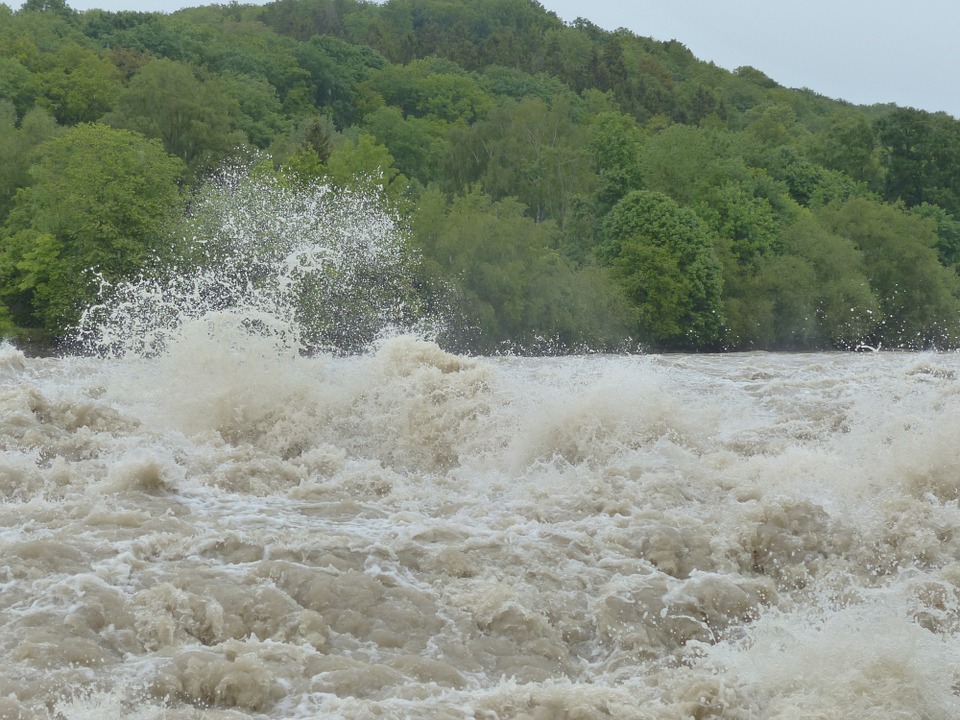Featured image by Hans from Pixabay.
Authors: María Teresa Contreras and Cristían Escauriaza
Climate change has altered weather patterns around the world and has even led to increased heavy rainfall in some regions. This, combined with El Niño – a weather pattern produced by unusual winds that can cause some regions to experience heavier than normal rainfall – has led to high numbers of catastrophic flash floods in populated areas near the Andes mountains. To add insult to injury, climate models predict increases in heavy rainfall events in the future, further worsening the chance for flash floods. New research from scientists working in Chile and the United States aims to model the impact of these floods on communities by simulating realistic flash flood conditions with different amounts of sediment, a potentially dangerous component of flash floods in mountainous regions.
Flash floods are born from prolonged and/or intense rainfall that is unable to be absorbed by the ground. In mountainous regions, flash floods gather a lot of sediment due to the force of the rushing water eroding sediment and soil on the steep hillslopes. These sediments clash together in the flash flood, producing forces that change the water’s typical flow behavior. As the number of flash floods increases, understanding these forces and impacts from sediments transported in flash floods can provide a framework for future urban planning communities in and around floodplains and designing mitigation measures. However, simulating actual flash floods in the field is rather cumbersome. To address this, María Teresa Contreras and Cristían Escauriaza from the Pontificia Universidad Católica de Chile, Centro de Investigación para la Gestión Integrada del Riesgo de Desastres (CIGIDEN) and the University of Notre Dame developed a numerical model to understand the effects of varying amounts of sediment transported in the flash floods and their impact on the flood’s speed, depths, extents and forces in Santiago’s eastern urban area near the Andes mountains. They found that sediment can have power in numbers.
The model they developed is an intricate web of physics-based fluid equations to evaluate the flood’s flow behavior with varying sediment amounts measured at seven points along the Quebrada De Ramon stream, Quillayes stream, and downstream of their confluence in the eastern urban area of Santiago, Chile.

Sediment sizes ranging from around the size of the tip of a crayon to the size of a pea were modeled with varying amounts in each stream. The sediment sizes are equivalent to what would be found in the sediment deposits in the area.
The 50-year storm data was used in the numerical model for the precipitation required to generate large scale flash flooding in Santiago. It was a battle between the sediment and the channel slope, roughness and width to control the flash flood’s behavior.
When sediment is transported in floods, the collision of the sediment particles in the rushing water generates flow resistance which can slow the flow of the flood. Not surprisingly, the additional sediment did not have a significant impact on the flood’s flow behavior in the steeper channel sections because the gravitational pull on the steep slopes overrides the flow resistance generated by the sediment. However, the additional sediment had larger impacts on the flood’s flow behavior in the area that matters most, Santiago.
As the sediment amounts increased in the flood, the speed of the wave front was reduced by as much as 70% in the flatter channel in Santiago. The sediment collisions that create flow resistance are able to dominate the gravitational forces in flatter channels, causing the motion of the flash flood’s wave front to slow. This slowing, along with the extra bulk of the added sediment, led to increased flood depths of as much as two and a half feet as well as to more extensive flooding in Santiago. Moreover, the flood’s force in the urban area increased by an average of 14.5%, leading to a maximum force generated of almost 70 tons. Imagine 70 tons of force barreling down a channel – quite the impact!

These findings provide valuable information for future urban planning in communities located in and around floodplains. In addition, the framework has now been set to start designing mitigation measures and early emergency systems. Who would have thought that tiny sediment could have a significant influence on the flow of a flash flood? It just goes to show that small things working together can produce a significant impact.
Small Sediment’s Big Impact on Flash Floods by Paige Bankhead is licensed under a Creative Commons Attribution-ShareAlike 4.0 International License.

